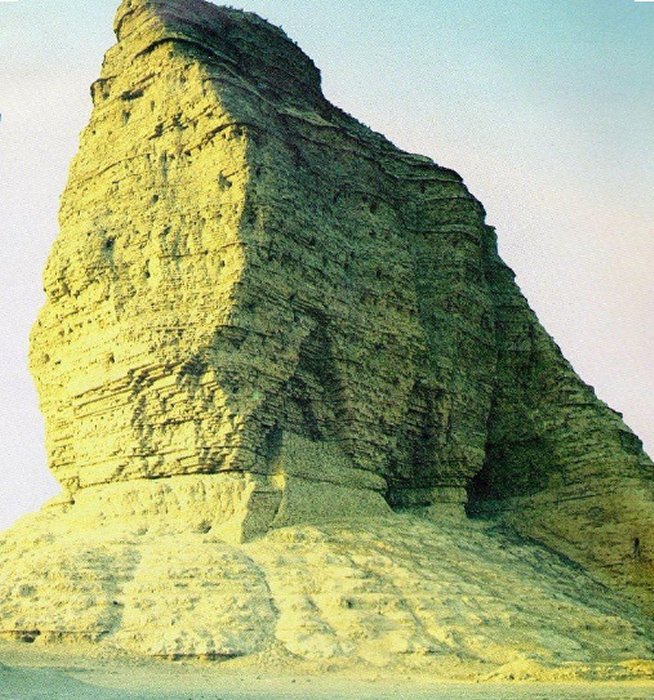Ancient Ziggurat Of Aqar Quf Dedicated To God Enlil
A. Sutherland - AncientPages.com - Aqar Quf, currently an archaeological site of the ancient city of Dur Kurigalzu (or the “Fortress of Kurigalzu”) is located in central Iraq, 30 km northwest of Baghdad, on the left bank of the Euphrates.
It was founded in the 14/15th century BC by the Kassite King Kurigalzu I, (c. 1400–c. 1375) and later the city was several times controlled by the Assyrians and Elamites and in the middle of the 11th-century, BC destroyed by the Syrians.
The ziggurat at Aqar Quf rises 180 feet above the desert west of Baghdad. Image credit: Spc. David Robbins - Working to Restore Iraq's Past for the Future - CC0
The ancient site, which was made up of several tells, was the capital of Babylonia during the reign of the Kassite dynasty (ca. 1600 BC – 1155 BC). After the fall of the Kassite Dynasty, the city was abandoned by the late 14th century AD.
Around the 1940s, an Iraqi and British team led by Taha Baqir and Seton Lloyd found approximately a hundred clay tablets and fragments of a statue decorated with texts in Sumerian. It is a representation of the Kassite King Kurigalzi, who reigned over all of Mesopotamia from his city of Kurigalzu.
Additionally, excavations revealed the ruins of Aqar Quf ziggurat, approximately 3,500 years old. The lowest terrace of the ziggurat ruins was restored and the structure’s foundations are 69 by 67.6 meters.
The ziggurat - dedicated to the god Enlil - is an unusually well-preserved building, with a mud-brick core that still stands to a height of about 170 feet on the flat plain in the vicinity of Baghdad. Other structures included three temples and a palace, where the walls of the corridors, were found decorated with numerous male figures (perhaps court dignitaries), and several sanctuaries.
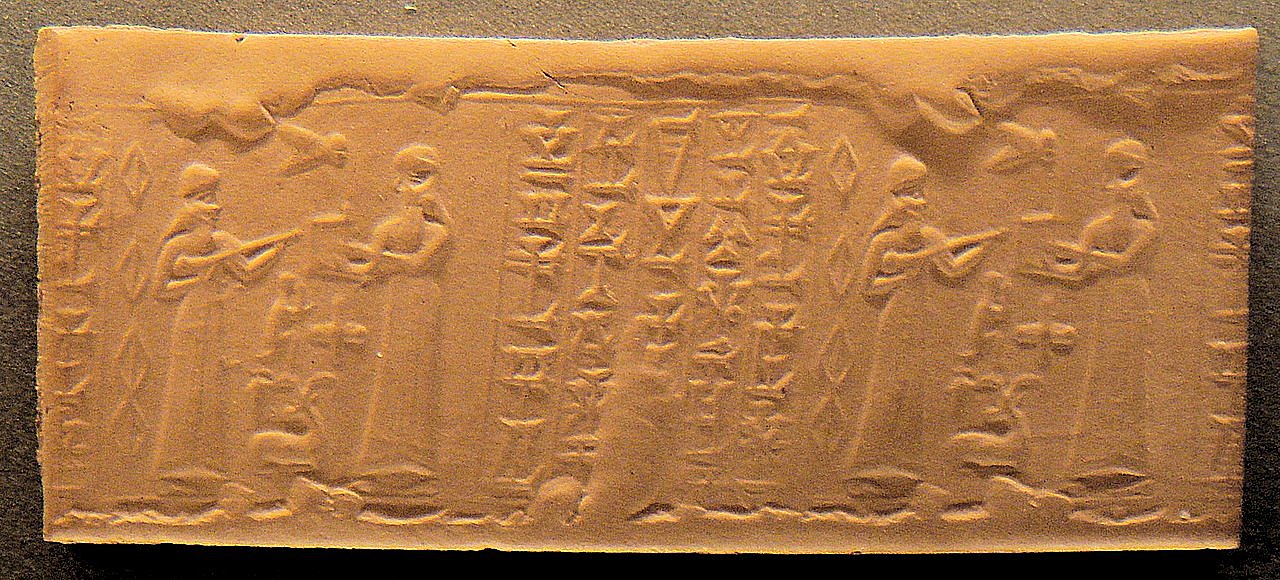 Cylinder seal of Kassite king Kurigalzu II (c. 1332–1308 BC). Louvre Museum AOD 105. source
Cylinder seal of Kassite king Kurigalzu II (c. 1332–1308 BC). Louvre Museum AOD 105. source
Interestingly, archaeologists also stumbled upon the remains of another place, which existed there at least a century earlier and was probably called Daksa or Parsa.
At its peak, the city with several ramparts, extended over an area of 225 ha.
The original homeland of the Kassites is not well-known, but appears to have been located in the Zagros Mountains, (now the Lorestan Province of Iran).
The ziggurat of Dur-Kurigalzu was built in the 14th BC by the Kassites’ king Kurigalzu. The central structure is composed of sun-dried bricks. Source
They were a warlike people that invaded Babylon during the 16th century BC and ruled the area for almost six centuries. It is claimed that their rule was the longest in the history of ancient Babylon.
The Kassites were powerful rulers and their royal cities were powerful as well. In addition to Babylon and Dur-Kurigalzu (Aqar Quf), the almost equal city of Nippur was the most important provincial center. Nippur once virtually abandoned c. 1730 BC, but later rebuilt in the Kassite period, as well as Larsa, Susa, and Sippar.
Among the achievements of the art associated with the rule of the Kassites, is the production of modeled bricks. From it, temples decorated with a frieze from burnt brick were erected. This technique was later taken over by the builders from the New-Babylonian period and by the Persians.
Their capital city, Dur-Kurigalzu, was destroyed around the 12th century by the Elamites and the city was burned.
Written by – A. Sutherland - AncientPages.com Senior Staff Writer
Copyright © AncientPages.com All rights reserved. This material may not be published, broadcast, rewritten or redistributed in whole or part without the express written permission of AncientPages.com
Expand for referencesMore From Ancient Pages
-
 Who Was The Mysterious Old Leather Man?
Featured Stories | Sep 1, 2021
Who Was The Mysterious Old Leather Man?
Featured Stories | Sep 1, 2021 -
 Giant Geoglyphs Near The Golden City Jaisalmer In India’s Thar Desert May Be World’s Largest Drawings – Who Made Them And Why?
Archaeology | May 28, 2021
Giant Geoglyphs Near The Golden City Jaisalmer In India’s Thar Desert May Be World’s Largest Drawings – Who Made Them And Why?
Archaeology | May 28, 2021 -
 Meet The First Neanderthal Family And Community
Archaeology | Oct 19, 2022
Meet The First Neanderthal Family And Community
Archaeology | Oct 19, 2022 -
 King Charles II Of England Banned Coffeehouses In 1675
Ancient History Facts | Jun 18, 2018
King Charles II Of England Banned Coffeehouses In 1675
Ancient History Facts | Jun 18, 2018 -
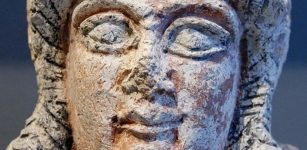 Ancient Mesopotamian City Discovered And Identified As Xarab-i Kilashin
Archaeology | Jul 11, 2017
Ancient Mesopotamian City Discovered And Identified As Xarab-i Kilashin
Archaeology | Jul 11, 2017 -
 Ancients Built Hindu Temples On A Straight Line Without Access To Satellite Images
Archaeology | Feb 24, 2017
Ancients Built Hindu Temples On A Straight Line Without Access To Satellite Images
Archaeology | Feb 24, 2017 -
 Secrets Of The ‘Worlds Of Prav, Nav And Yav’ Revealed – Ancient Slavic Wisdom Confirms The Multiverse Theory
Featured Stories | Oct 6, 2015
Secrets Of The ‘Worlds Of Prav, Nav And Yav’ Revealed – Ancient Slavic Wisdom Confirms The Multiverse Theory
Featured Stories | Oct 6, 2015 -
 3,000-Year-Old Geoglyphs May Depict The Heavens
Archaeology | Jun 25, 2018
3,000-Year-Old Geoglyphs May Depict The Heavens
Archaeology | Jun 25, 2018 -
 Ancient Treasure Hidden In Perplexing Secret Underground Labyrinth In France – Dangerous Search – Part 1
Ancient Mysteries | Jan 16, 2020
Ancient Treasure Hidden In Perplexing Secret Underground Labyrinth In France – Dangerous Search – Part 1
Ancient Mysteries | Jan 16, 2020 -
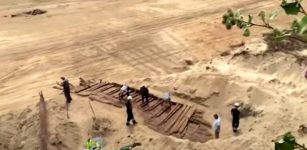 Remains Of A Roman Ship Discovered In Serbia
Archaeology | Aug 7, 2023
Remains Of A Roman Ship Discovered In Serbia
Archaeology | Aug 7, 2023 -
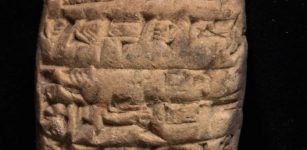 Lost City Of Irisagrig Comes To Life In Ancient Stolen Tablets
Archaeology | Jun 5, 2018
Lost City Of Irisagrig Comes To Life In Ancient Stolen Tablets
Archaeology | Jun 5, 2018 -
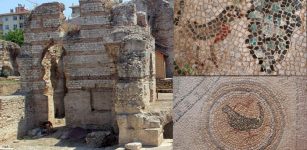 Beautiful Zeugma-Like Mosaics Unearthed In Sinop Province, Northern Turkey
Archaeology | Oct 17, 2020
Beautiful Zeugma-Like Mosaics Unearthed In Sinop Province, Northern Turkey
Archaeology | Oct 17, 2020 -
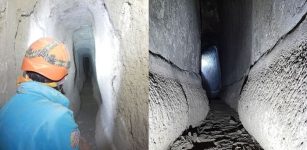 Giant Ancient Roman Underground Structure Discovered Near Naples, Italy – Aqua Augusta Investigated
Archaeology | Feb 6, 2023
Giant Ancient Roman Underground Structure Discovered Near Naples, Italy – Aqua Augusta Investigated
Archaeology | Feb 6, 2023 -
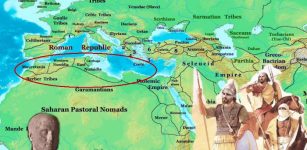 On This Day In History: Emperor Gordian II Loses The Battle Of Carthage – On Apr 12, 238 AD
News | Apr 12, 2016
On This Day In History: Emperor Gordian II Loses The Battle Of Carthage – On Apr 12, 238 AD
News | Apr 12, 2016 -
 Mysterious Hornet Spook Light In Missouri
Featured Stories | Jun 26, 2024
Mysterious Hornet Spook Light In Missouri
Featured Stories | Jun 26, 2024 -
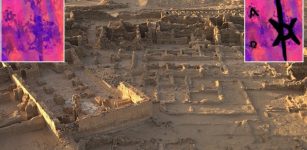 Rare Medieval Tattoo Depicting A Christogram Unearthed In Ghazali, Sudan
Archaeology | Nov 9, 2023
Rare Medieval Tattoo Depicting A Christogram Unearthed In Ghazali, Sudan
Archaeology | Nov 9, 2023 -
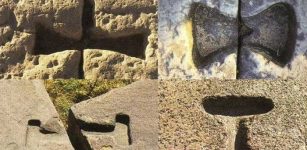 Mystery Of Ancient Metal Clamps – Advanced Lost Technology Modern Science Still Cannot Explain
Ancient Technology | Jul 31, 2020
Mystery Of Ancient Metal Clamps – Advanced Lost Technology Modern Science Still Cannot Explain
Ancient Technology | Jul 31, 2020 -
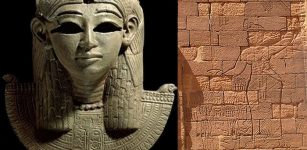 Amanirenas – Fearless Queen Of Kush Who Defeated Ancient Romans
Featured Stories | Jan 30, 2019
Amanirenas – Fearless Queen Of Kush Who Defeated Ancient Romans
Featured Stories | Jan 30, 2019 -
 New Paintings And Details Uncovered In The Egyptian Temple Of Esna
Places | Oct 22, 2024
New Paintings And Details Uncovered In The Egyptian Temple Of Esna
Places | Oct 22, 2024 -
 Unexpected Neanderthal Behavior In Spain’s Southern Pyrenees – Revealed
Archaeology | Aug 14, 2024
Unexpected Neanderthal Behavior In Spain’s Southern Pyrenees – Revealed
Archaeology | Aug 14, 2024


